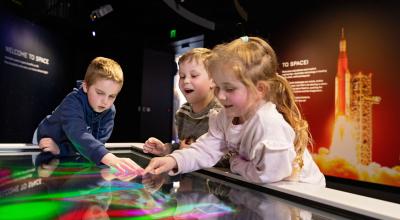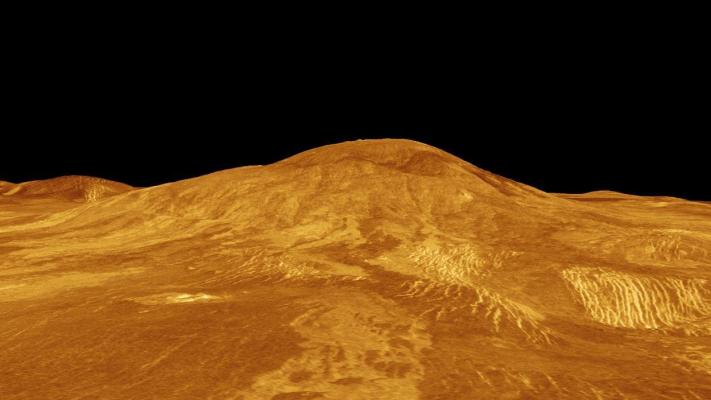Did you know that archived data from older space missions is still helping scientists to make new discoveries about the planets today?
Launched in May 1989, NASA’s Magellan probe (the first deep space mission launched from a Space Shuttle) mapped 98% of Venus’ surface from 1990 to 1992, using synthetic aperture radar. Radio waves sent by the radar could penetrate the planet’s thick cloud cover, bouncing back from the surface to be collected by the spacecraft.
These reflected radar signals were then used to generate very detailed images of the surface of Venus, which still provide the best information that we have about the surface of that cloud-shrouded planet. The radar identified that Venus has a number of volcanoes, but it was unclear if any of these were still active.
In the past two years, researchers studying Magellan’s archived data have discovered evidence that Venus was in fact experiencing volcanic eruptions in the 1990s.
In 2023, scientists from the University of Alaska and NASA’s Jet Propulsion Laboratory, reviewing Magellan data ahead of NASA’s next Venus radar mission, VERITAS (Venus Emissivity, Radio science, InSAR, Topography, And Spectroscopy), revealed changes to a vent associated with the volcano Maat Mons that provided the first direct evidence of a recent volcanic eruption on the planet.
At the end of May, an Italian team announced that they have now found evidence in the Magellan data that two other volcanoes were also erupting in the early 1990s. Comparing images taken some time apart, they found evidence of changes to lava flows, indicating active volcanic processes.
This just goes to demonstrate that preserving data from earlier space missions can continue to provide new information about our solar system.
Main image: This computer-generated 3D model of Venus’ surface shows the volcano Sif Mons, which is exhibiting signs of ongoing activity. Using data from NASA’s Magellan mission, Italian researchers detected evidence of an eruption while the spacecraft orbited the planet in the early 1990s.
Credit: NASA/JPL

Learn and Discover
Explore Australia’s role in space and be inspired by stories of opportunity, curiosity, and technology.

